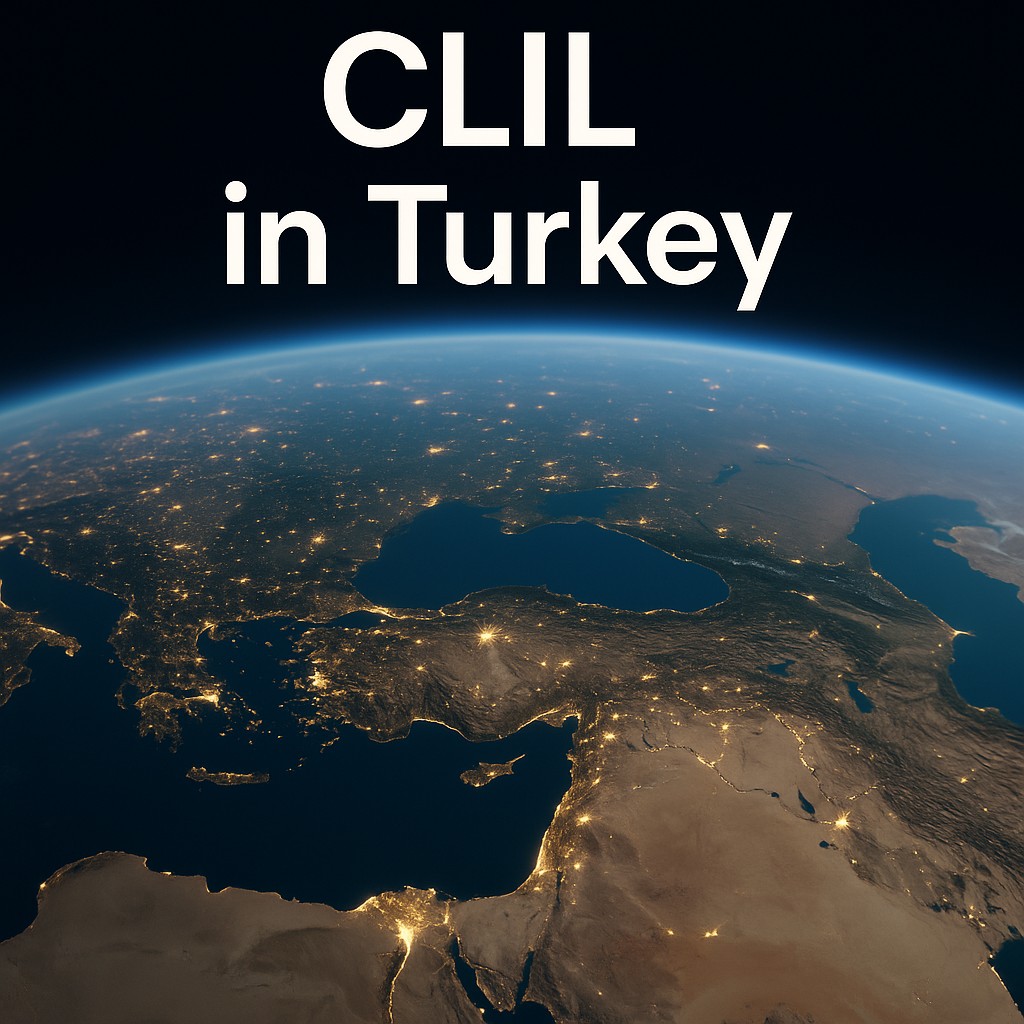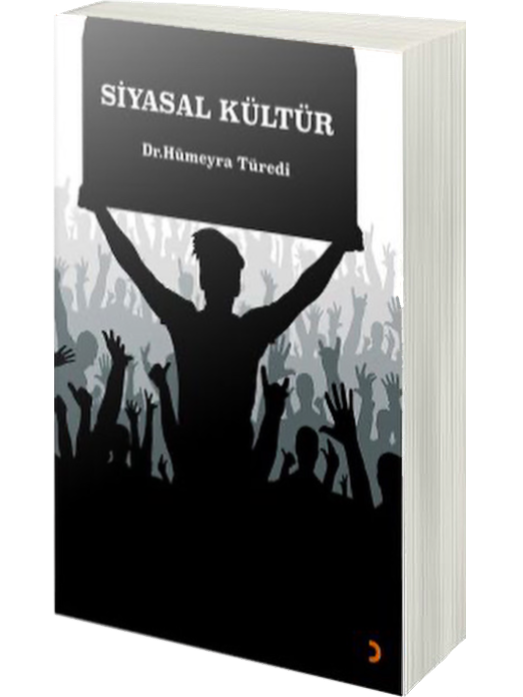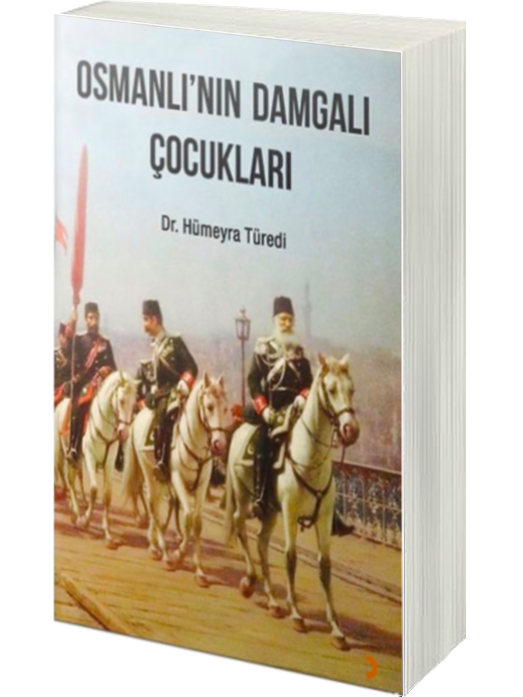
The CLIL (Content and Language Integrated Learning) approach is slowly but surely gaining more attention around the world, but in Turkey it’s still at an early stage — and not yet common in most classrooms. People here have long understood how important English is. Parents, teachers, and policymakers all know that learning English well can open doors to university, international jobs, and cultural exchange. But the reality is that years of traditional English classes often don’t give students enough confidence to actually use the language. This is where CLIL could make a real difference.
Right now, you mostly see CLIL in private schools, some international schools, and a few pilot projects supported by universities or education foundations. Some schools, especially at the primary level, teach parts of subjects like science or art in English. It’s not just about switching the language — the idea is that students learn new words naturally, by working on real topics. Often, a subject teacher and an English teacher work together. This co-teaching model makes the lessons richer and helps kids see language as part of real life, not just grammar exercises.
What’s interesting is that CLIL actually fits well with Turkey’s latest education goals. The Ministry of National Education talks about 21st-century skills, critical thinking, and student-centered learning in its policy documents. CLIL supports these ideas because it encourages students to think, communicate, and solve problems in more than one language. It also matches the small but growing interest in bilingual education, especially in some Anatolian High Schools and Science High Schools.
Of course, there are real challenges too. One big one is teacher training. Most teachers are either subject specialists or English teachers — they’re rarely both. CLIL asks teachers to combine these roles, or at least plan and teach together. Right now, there aren’t enough opportunities for teachers to learn how to do this. Universities, the Ministry, and education partners could help by creating certificate programs, workshops, or practical training sessions that focus on CLIL methods.
Another barrier is the rigid curriculum. Turkish public schools follow a very centralized, exam-focused system. There’s not a lot of room for flexible, cross-subject lessons. For CLIL to grow, schools would need the freedom to adapt lessons, choose bilingual materials, and assess students in ways that make sense for both language and content goals. Small pilot projects — maybe starting in lower grades — could help test new ideas without shaking up the whole system.
Policymakers could also support CLIL by encouraging schools to experiment. That might mean funding for materials in two languages, support for teacher exchanges, or recognizing schools that create successful models. National pilot programs backed by universities could show what works and help scale up good practice.
Some subjects fit CLIL better than others. Science and social studies are obvious choices because they’re visual and often include projects or experiments — all things that help students use language naturally. Creative subjects like art or music are also good starting points because they’re hands-on and low-stress for trying out new methods.
In the end, CLIL won’t transform language education in Turkey overnight — but the potential is there. The need is clear, the interest is growing, and small steps are already being taken. With better teacher training, more flexible curricula, and the freedom for schools to innovate, CLIL could turn English lessons into something more practical and inspiring. When students start to see language as a tool for exploring the world — not just passing an exam — that’s when real progress begins.
References
- Ministry of National Education (MEB). (2018). 2023 Education Vision Document. Ankara: Turkish Republic MoNE.
- Ayan, D. (2015). Teachers’ and students’ perceptions of CLIL in a Turkish context. International Journal of Language Academy, 3(4), 1–15.
- Mehisto, P., Marsh, D., & Frigols, M. J. (2008). Uncovering CLIL. Macmillan Education.
- Coyle, D., Hood, P., & Marsh, D. (2010). CLIL: Content and Language Integrated Learning. Cambridge University Press.
- Güler, Ç., & Güngör, R. (2019). CLIL practices in Turkey: Challenges and perspectives. Journal of Language and Linguistic Studies, 15(1), 221–236.
Türkiye’de CLIL: Fırsatlar ve Politika Önerileri
Dr. Humeyra Türedi
CLIL (İçerik ve Dil Bütünleştirmeli Öğrenim) yaklaşımı dünya genelinde yavaş ama istikrarlı bir şekilde daha fazla ilgi görmeye başlarken, Türkiye’de henüz çok yaygın değil — çoğu sınıfta hâlâ kullanılmıyor. Türkiye’de İngilizcenin ne kadar önemli olduğu uzun zamandır biliniyor. Veliler, öğretmenler ve karar vericiler, iyi bir İngilizce bilgisinin üniversiteye giriş, uluslararası iş olanakları ve kültürel etkileşim açısından kapılar açtığını biliyor. Ancak gerçek şu ki, yıllarca süren geleneksel İngilizce derslerine rağmen öğrenciler dili etkin bir şekilde kullanmak konusunda çoğu zaman kendilerine güvenemiyorlar. İşte CLIL burada devreye girebilir ve gerçek bir fark yaratabilir.
Şu anda Türkiye’de CLIL en çok özel okullarda, bazı uluslararası okullarda ve üniversiteler veya eğitim vakıfları tarafından desteklenen birkaç pilot projede görülüyor. Özellikle ilkokul düzeyinde bazı okullarda fen bilgisi veya görsel sanatlar gibi derslerin bir kısmı İngilizce olarak öğretiliyor. Bu yalnızca dili değiştirmekle ilgili değil — öğrencilerin gerçek konular üzerinde çalışırken yeni kelimeleri doğal yoldan öğrenmeleri hedefleniyor. Çoğu zaman bir branş öğretmeni ile İngilizce öğretmeni birlikte çalışıyor. Bu ortak öğretim modeli dersleri daha zengin kılıyor ve çocukların dili sadece gramer egzersizleri değil, gerçek yaşamın bir parçası olarak görmelerine yardımcı oluyor.
İlginç olan şu ki, CLIL yaklaşımı aslında Türkiye’nin güncel eğitim hedefleriyle oldukça uyumlu. Milli Eğitim Bakanlığı’nın politika belgelerinde 21. yüzyıl becerileri, eleştirel düşünme ve öğrenci merkezli öğrenme sık sık vurgulanıyor. CLIL tam da bu becerileri destekliyor çünkü öğrencilerin hem düşünmesini, hem iletişim kurmasını hem de farklı dillerde problem çözmesini teşvik ediyor. Ayrıca bazı Anadolu liseleri ve fen liselerinde giderek artan iki dilli eğitim ilgisiyle de örtüşüyor.
Tabii bazı gerçek zorluklar da var. Bunların başında öğretmen eğitimi geliyor. Çoğu öğretmen ya branş öğretmeni ya da İngilizce öğretmeni — ikisi birden değil. CLIL ise bu iki rolü birleştirmeyi, ya da en azından ortak ders planlamasını ve yürütmeyi gerektiriyor. Şu anda öğretmenlerin bu konuda kendilerini geliştirebileceği yeterli fırsat yok. Üniversiteler, MEB ve diğer eğitim ortakları CLIL yöntemlerine odaklanan sertifika programları, atölyeler veya uygulamalı eğitimler sağlayabilir.
Bir diğer engel ise merkezi ve sınav odaklı müfredat yapısı. Türkiye’de devlet okulları oldukça katı bir şekilde merkezi müfredata bağlı. Esnek, disiplinler arası derslere pek yer yok. CLIL’in gelişebilmesi için okullara dersleri uyarlama, iki dilli materyaller seçme ve hem dil hem içerik hedeflerine uygun değerlendirme yapma özgürlüğü verilmesi gerekiyor. Küçük çaplı pilot projeler — örneğin ilk kademelerde başlayacak uygulamalar — tüm sistemi sarsmadan yeni fikirleri test etmeye imkân tanıyabilir.
Karar vericiler CLIL’i desteklemek için okullara deneyim yapma cesareti verebilir. Bu, iki dilli materyalleri finanse etmek, öğretmen değişim programlarını desteklemek veya başarılı modelleri tanıyan bir sistem kurmak anlamına gelebilir. Üniversiteler destekli ulusal pilot programlar neyin işe yaradığını gösterebilir ve iyi uygulamaların yaygınlaşmasını kolaylaştırabilir.
Bazı dersler CLIL’e diğerlerinden daha uygundur. Fen bilgisi ve sosyal bilgiler, görsel öğelere dayalı oldukları ve projeler/deneyler içerdikleri için doğal birer tercihtir. Sanat veya müzik gibi yaratıcı dersler de, uygulamalı ve düşük stresli yapılarıyla yeni yöntemleri denemek için iyi bir başlangıç sağlar.
Sonuç olarak, CLIL Türkiye’de dil eğitimini bir anda dönüştürmeyecek — ama potansiyeli yüksek. İhtiyaç açık, ilgi artıyor ve bazı küçük adımlar çoktan atılmış durumda. Daha güçlü öğretmen eğitimi, daha esnek müfredatlar ve okullara yenilik yapma özgürlüğü verildiğinde, CLIL İngilizce derslerini daha ilham verici ve işlevsel hale getirebilir. Öğrenciler dili sadece bir sınavı geçmek için değil, dünyayı keşfetmek için bir araç olarak görmeye başladığında gerçek ilerleme de başlamış olur.
Kaynakça
Millî Eğitim Bakanlığı (MEB). (2018). 2023 Eğitim Vizyonu Belgesi. Ankara: T.C. MEB Yayınları.
Ayan, D. (2015). Türkiye bağlamında öğretmen ve öğrenci CLIL algıları. International Journal of Language Academy, 3(4), 1–15.
Mehisto, P., Marsh, D., & Frigols, M. J. (2008). Uncovering CLIL. Macmillan Education.
Coyle, D., Hood, P., & Marsh, D. (2010). CLIL: Content and Language Integrated Learning. Cambridge University Press.
Güler, Ç., & Güngör, R. (2019). Türkiye’de CLIL uygulamaları: Zorluklar ve perspektifler. Journal of Language and Linguistic Studies, 15(1), 221–236.



